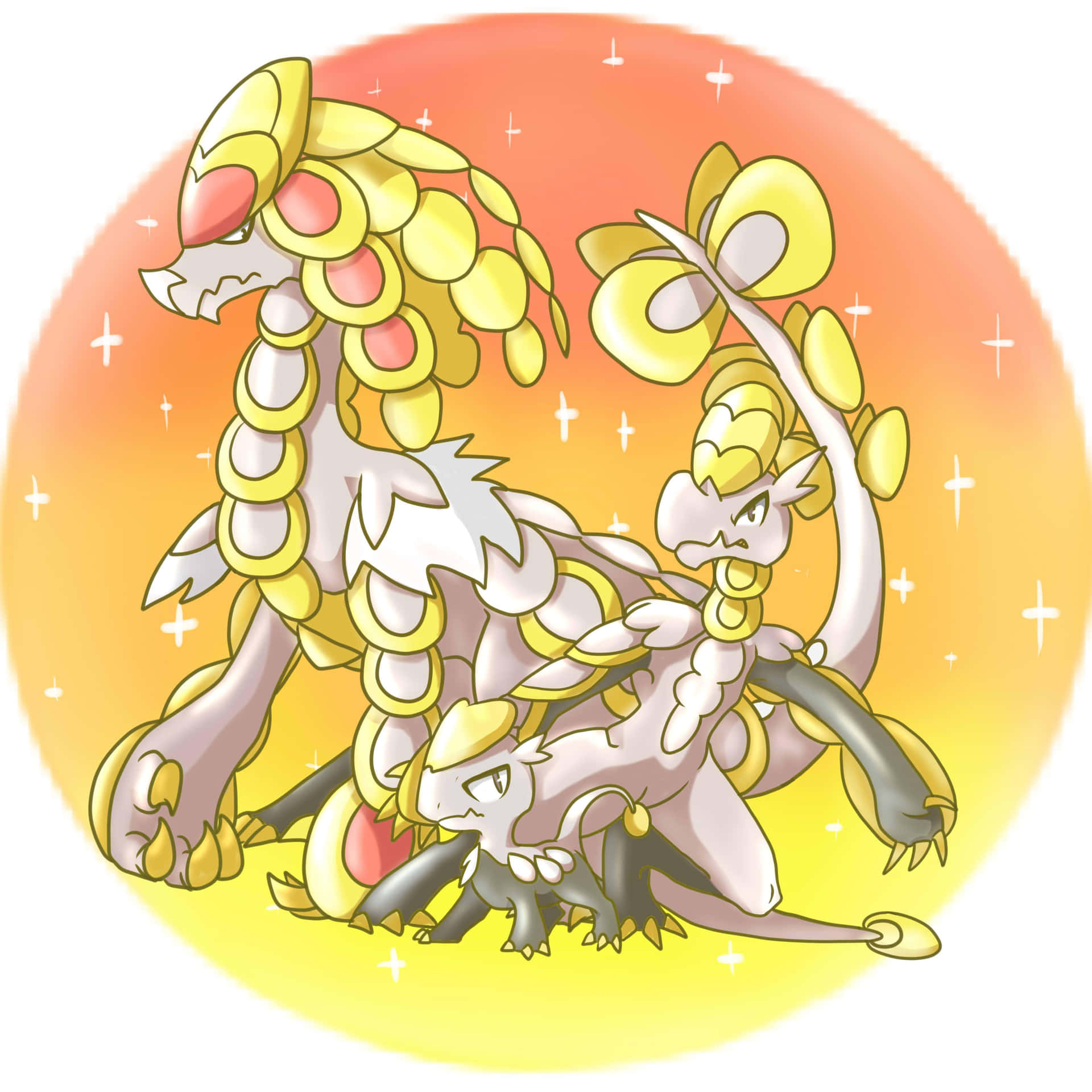 By Paul Fleischman
By Paul Fleischman
Illustrated by Andrew Glass
Three graven images—a wooden
binnacle boy, a copper saint, and a marble statue—the main commonality between
the three short stories written by Paul Fleischman and Illustrated by Andrew
Glass in the book, Graven Images.
The mysterious tale of The Binnacle Boy is about a
wooden binnacle boy who is the only witness to the mysterious death of the
Orion’s (a ship’s) crew. The
amusing tale of Saint Crispin’s Follower
is about a young boy who follows his heart and the direction of a copper saint
to lead him to his love, Juliana. The
eerie tale of The Man of Influence
is about a desperate and poor sculptor who honors a dead murderer by sculpting
him in marble.
These three tales continue
to show the versatility of author Paul Fleischman. In a biography about Fleischman, it is mentioned that he, “blends
musical language with quirky looks at the world as viewed through the lens of
human and natural history.” It
continues to mention how in books like Graven
Images, Fleischman incorporates his love of music by including rhythm,
meter, and rhyme in his writing, which is written in 4/4 time. He does this, because it is
as close as he feels he can get to composing music.
I found this to be very
interesting. I have played the
violin for thirteen years and was not sure I understood how to use 4/4 time in
writing. I tried reading some of
the text aloud to see if I could figure it out, but quite frankly—I am not sure
what he means by that. Perhaps if
I heard Fleischman read the stories aloud, it would make more sense to me. Do you know what he means by this?
Although I do not fully
understand the meter of the text, I do believe Fleischman was successful in
altering the style of his language and dialogue to meet the setting and time
frame of the text. All three of
these stories seemed to take place long ago. The first, I felt to have very formal language. For example, “Dear child—how good to
see you,” Miss Bunch addressed Tekoa at the door. “And good day to you as well, Miss Frye. As you’re no doubt lonely without your
dear son, we felt it to be our solemn duty to lend you our company once again.””
Although the second story is
supposed to take place in Charleston, South Carolina at an undisclosed time,
from the text I would have thought it was taking place in England. For example, “You’ve got promise, lad—that’s
plain as a peacock. But you’ll
have to give up your moonin’ about…Look alive at your work! Keep your eyelids
hoisted! Stay alert as a hare, lad—a hare chased by hounds!” The first time I read the story I
missed the location and assumed throughout that they were indeed in England.
The third story, taking
place in Genoa, has a more humorous style of text that help us to realize how
helpless and desperate Zorelli the stone carver really is. “With growing revulsion he took note of
the spirit’s missing ear, his crooked teeth, and the long jagged’ rip down the
front of his doublet. Had warm
flesh belonged to him he might have been taken for a beggar, or a rag merchant
dressed in his wares, and suddenly Zorelli wondered if the man was worthy of
salvation in stone—or deserved forgetting, like most of humanity.” Although the story is odd, I couldn’t
help but find the humor in Zorelli’s personality and his nagging wife. “By tomorrow night we’ll have nothing
to gnaw on—unless, of course, you pick up your hammer and carve us a roast
goose out of granite.”
Although very few
illustrations, illustrator Andrew Glass sets the mood for each story with a single-framed
pencil drawing at the start. He
highlights the key character in the story as well as the supernatural
elements. For example, the first
illustration is of Sarah Peel whispering into the ear of the Binnacle Boy. It almost looks as though the wooden
boy is scared stiff at what he has just witnessed and what he is being
told. The second illustration is
that of the St. Crispin weathervane, Juliana, and the mind-lost apprentice—Nicholas. We can see through the illustration
that Nicholas is a daydreamer. The
final illustration is of Zorelli and the ghostly spirit—Zorelli realizing whom
he has just honored in stone.
Together these three stories
combine to provide both spook and humor.
Will these stories replace the ones that children tell at sleepovers
when trying to scare each other stiff?
Probably not, but—the tales are certainly peculiar enough to catch the
interest of any reader.
I liked the comments about how "devilish" men are (in the first story). Also, I tried to look up what each supernatural item looked like. I saw pictures of The Binnacle Boy but I could find one of the weather vane or the sculpture.
ReplyDeleteI am not sure about counting notes, but I feel that there is rythm with his words in this book.
ReplyDeleteI wonder how kids today respond to a book like this.
Amy--which version of the book do you have? I read on Amazon that there is a newer version of the book (copyright 2005) and this version has a different illustrator than the original. My illustrations did show the picture of the weathervane and the sculpture. It would be interesting to see the illustrations of the other version. I wonder why they changed them.
ReplyDelete